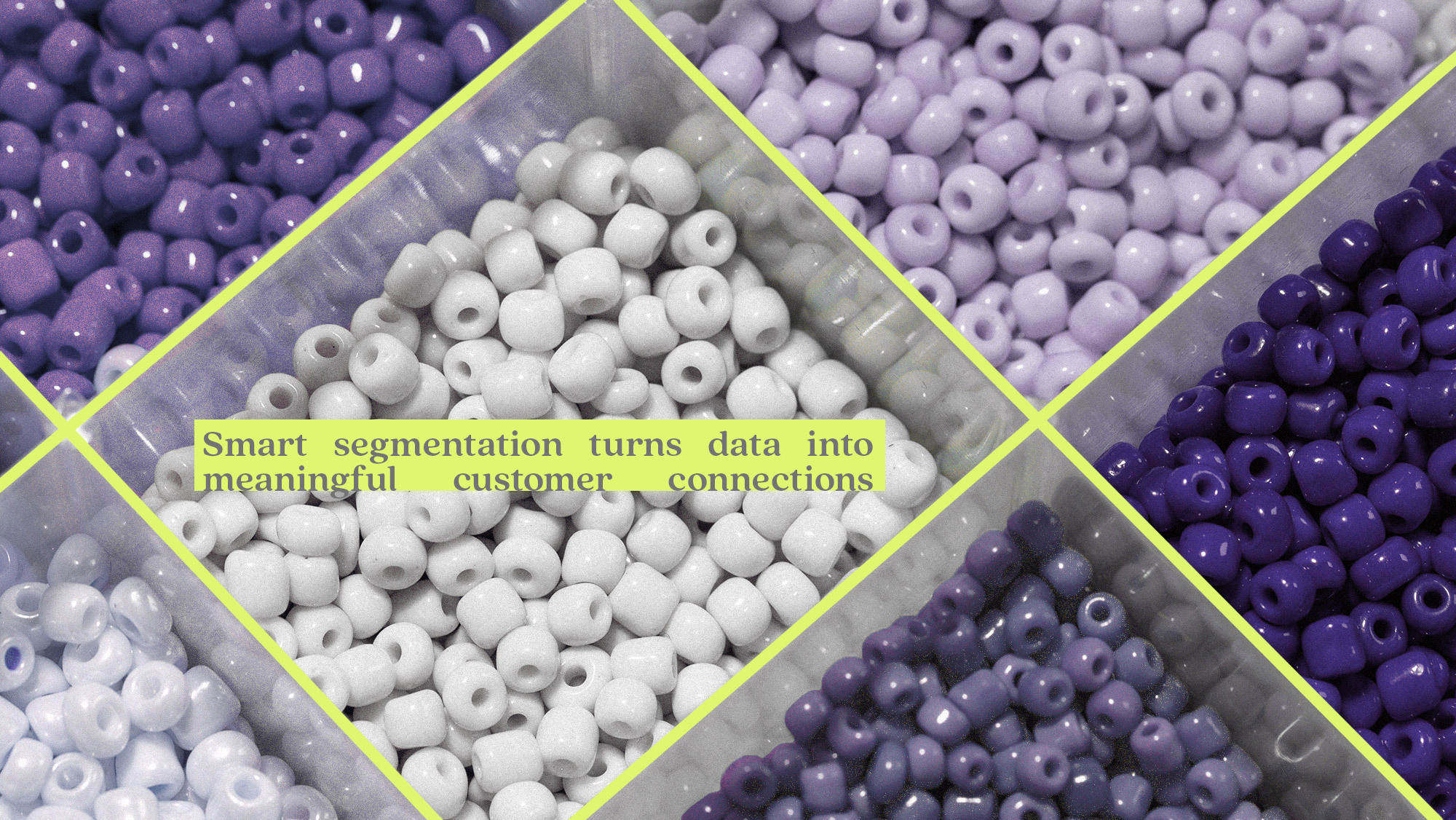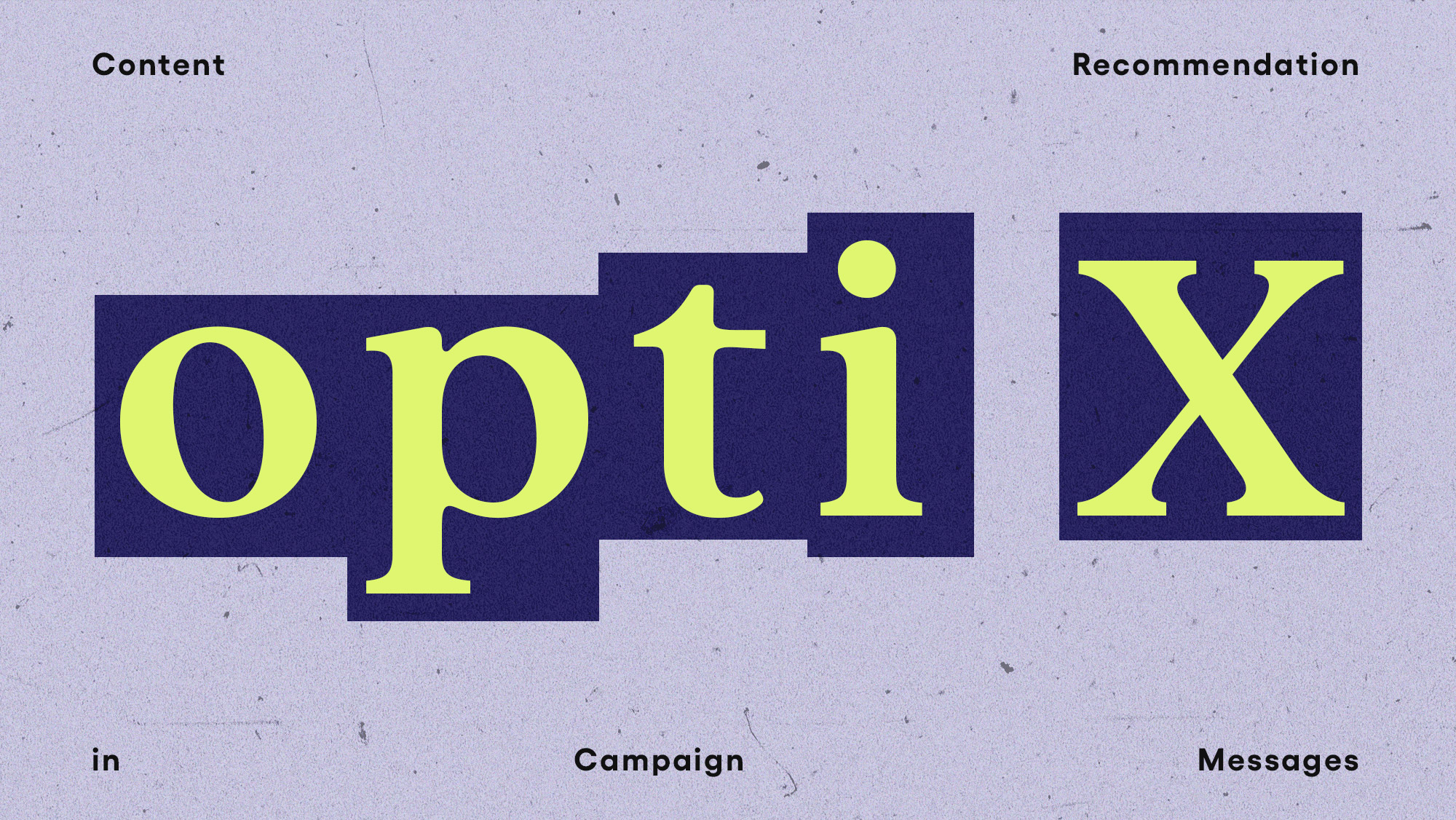
AI and the Retail Marketer’s Future
How AI transforms strategy and processes, driving the adoption of Positionless Marketing
Consumer Holiday Retail Report 2025

Customer segmentation helps businesses target their audience with precision and tailor their strategies to meet specific customer needs. It is a crucial output from Customer-Led Marketing. The following 8 customer segmentation models can be leveraged to gain deeper insights into customer behavior and preferences, enhancing the customer experience and increasing Customer Lifetime Value (CLV)
Cluster analysis is a commonly used segmentation model that groups customers based on similar characteristics or behaviors. This model helps identify patterns within a diverse customer base. By employing algorithms that analyze data, marketers can create distinct customer clusters with shared traits. These traits could include demographics, purchasing habits, geographic locations, or other relevant data points.
Recency, Frequency, and Monetary (RFM) segmentation is a powerful method to categorize customers based on their transaction history. It assesses three key parameters:
By segmenting customers according to RFM, marketers can target high-value, loyal customers differently from occasional buyers, enhancing personalization and engagement.
Longevity segmentation focuses on the duration of a customer's relationship with a brand. It categorizes customers based on their tenure, helping businesses identify loyal, long-term customers and newcomers. This segmentation model is particularly valuable for tailoring communication and offers to nurture customer loyalty.
Marketers often find value in combining different segmentation models to create more refined customer segments. For instance, merging high-value RFM segments with low longevity segments can result in a group of highly active, recently acquired customers. This hybrid approach provides a comprehensive understanding of customer behavior and allows for more precise targeting.
In addition to traditional segmentation models, machine learning algorithms can be employed to discover new customer segments. Machine learning takes a data-driven approach, uncovering insights and groupings that might be challenging to identify manually. By utilizing advanced algorithms, marketers can enhance segmentation accuracy and discover hidden patterns within their customer data.
Continuous Data Updates: Customer segmentation models must be regularly updated with fresh data to remain relevant. Staying current ensures that customer segments accurately reflect changing behaviors and preferences.
Establish a feedback loop between segmentation models and campaign results. This iterative process allows for the refinement of segments and the identification of high-performing subsets within segments, optimizing marketing efforts.
Psychographic segmentation delves into the psychological attributes of customers, such as their attitudes, interests, personalities, values, and lifestyles. Unlike demographic segmentation, which focuses on customer attributes like age and income, psychographic data reveals deeper insights into customer motivations. Businesses can craft highly personalized and emotional marketing campaigns by creating tailored experiences that truly resonate with the audience. This personalized approach aligns with the customer’s interests and enhances their shopping experience, likely increasing engagement and driving sales.
Customer segmentation is the cornerstone of effective marketing. While CLV remains a critical metric, various segmentation models, such as cluster analysis, RFM segmentation, and longevity segmentation, offer unique insights into customer behavior. Marketers can leverage machine learning for more sophisticated segmentation and improve accuracy over time. By continuously updating data and implementing a feedback loop, businesses can create highly targeted marketing campaigns that resonate with their diverse customer base.
To learn more about how Optimove can take your customer segmentation to the next level, visit our Learning Center.
The Optimove Insights 2025 Holiday Retail Report
Learn why Positionless Marketing is the key to keeping customers loyal before and after the holiday season.


Rob Wyse is Senior Director of Communications at Optimove. As a communications consultant, he has been influential in changing public opinion and policy to drive market opportunity. Example issues he has worked on include climate change, healthcare reform, homeland security, cloud transformation, AI, and other timely issues.


